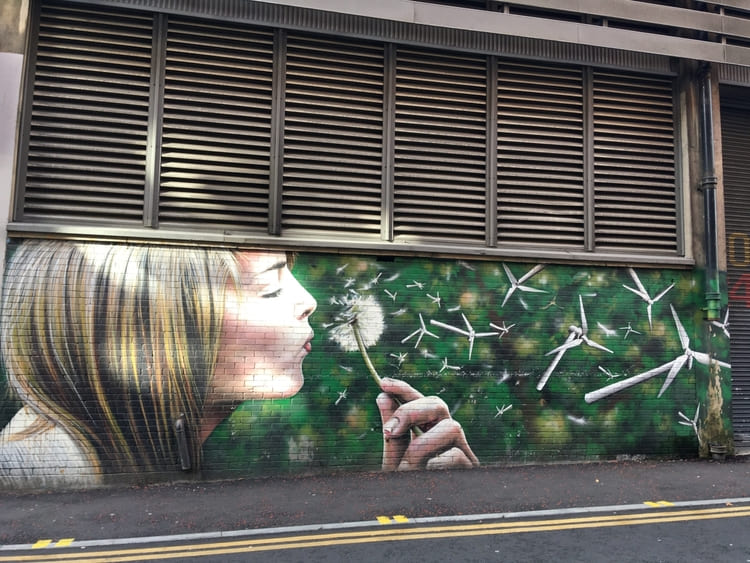The green electricity jungle is becoming increasingly opaque. The tariffs are piling up - and so are the consumers' question marks when it comes to choosing a tariff. Which electricity product really represents added value for the environment? A new study by the consumer magazine ÖKO-Test took a closer look and created clarity in the tariff jungle with a specially developed methodology.
All that glitters is not green
The numerous green electricity products available on the energy market differ significantly from one another. The reason: Legally, the term green electricity is not protected and so non-green tariffs can quickly be declared as such.
According to ÖKO-Test, the decisive point for a green electricity product is whether or not consumers provide additional environmental benefits with their purchase decision. An additional environmental benefit arises when the purchase of green electricity promotes the nature-friendly expansion of renewable energies. However, this is not the case with many green electricity offers.
If, for example, an energy supplier only purchases electricity from old hydroelectric power plants for its green electricity customers, then an already existing amount of green electricity is only diverted to a specific group of consumers. The consumers who previously received the hydroelectric power may now be (unknowingly) supplied with nuclear power because they do not specifically ask for green power. The bottom line is that everything remains the same, no new plants are built and the share of green electricity in the European electricity mix is no higher than before.
According to ÖKO-Test, consumers should make sure that the electricity provider at least invests, by means of a post-EEG model, in the operation of plants for the generation of renewable energy that no longer receive EEG compensation and whose continued existence is endangered due to a lack of follow-up compensation.
Such a support concept with guaranteed investments is pursued by the Green Electricity Label. Every green electricity product certified with the green electricity label of the environmental associations guarantees: A fixed amount per kilowatt hour of green electricity is invested within two years in energy transition projects, such as photovoltaic systems, wind turbines, and energy efficiency, e-mobility, or educational measures. So far, more than 1,400 energy transition projects have been realized and co-financed in this way, for example photovoltaic and wind power plants, or projects in the field of electromobility.
Only 10 rates "very good
"Switching electricity tariffs is not an everyday or exciting topic. If there is then also uncertainty about the environmental effectiveness of an eco-tariff, this is not exactly conducive. The Grüner Strom Label creates security here and also saves time," Christian Knops, Head of Communications at Grüner Strom Label e.V..
Only 10 of the 69 tariffs tested were rated "very good". Half of the very good rates were awarded the Green Electricity label. In the test of the consumer magazine not all tariffs, which are on the market under the magnifying glass were taken. All other tariffs can be examined fast with the green river label: If a tariff carries the label, it is 100 % genuine green electricity.








